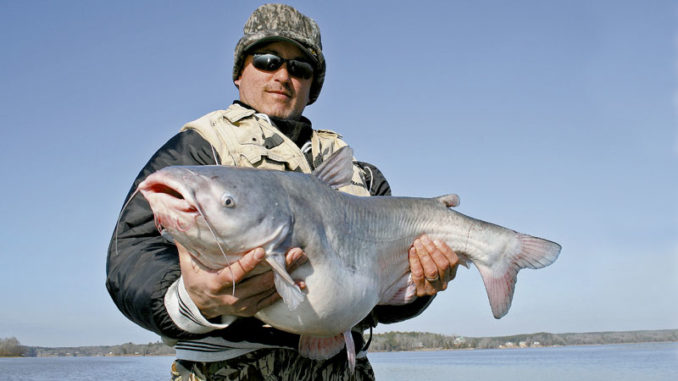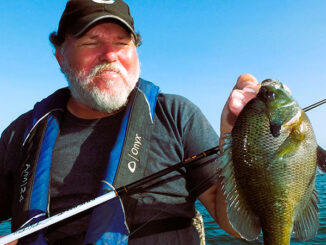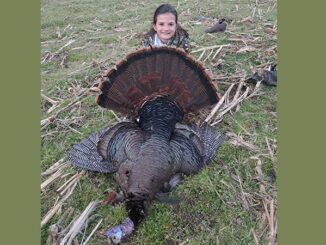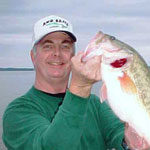
Tips for catching big, blue catfish on Lake Wylie during the winter



April is prime time to for catching numerous species of fish in shallow water at the Santee Cooper lakes. […]

Eight-year-old Aubrey Pate harvested her very first turkey on April 6, 2024, opening day of North Carolina’s youth season. […]

The Bobby N. Stezer State Fish Hatchery will undergo renovations that will impact trout stockings in 2025 and 2026. […]

Copyright 1999 - 2024 Carolina Sportsman, Inc. All rights reserved.
Be the first to comment